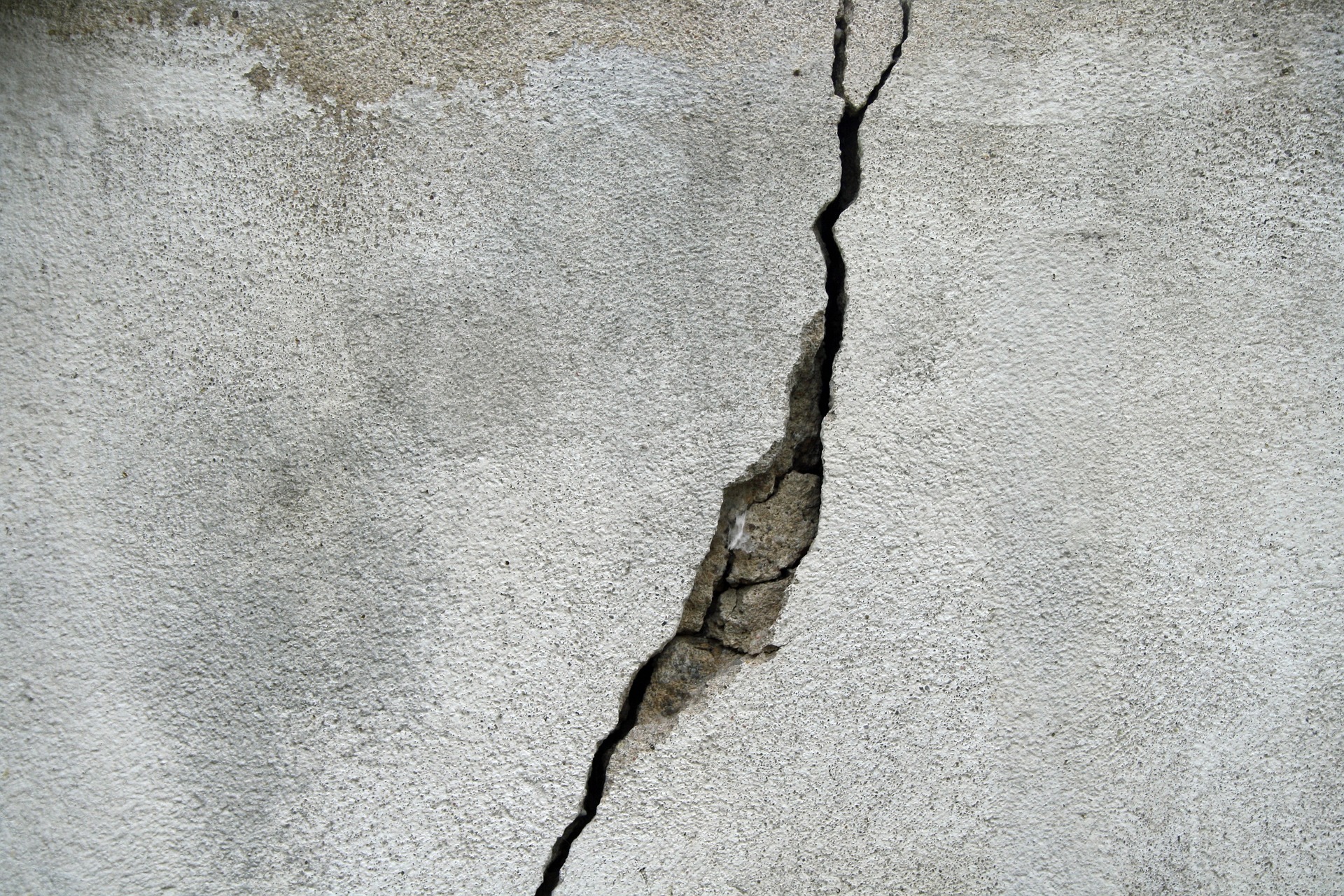Understanding and Addressing Cracks in Concrete Structures
Concrete cracks can compromise the structural integrity and appearance of your home's foundation, driveways, and walls. Understanding the causes, repair methods, and prevention strategies helps homeowners address these issues before they become costly problems. From hairline fractures to larger structural gaps, proper concrete crack repair techniques can restore both function and aesthetics while preventing water damage and further deterioration.

Concrete structures form the backbone of residential and commercial buildings, but over time, various factors can cause cracks to develop. These fissures not only affect the visual appeal of your property but can also indicate underlying structural issues that require immediate attention. Environmental conditions, settling, temperature fluctuations, and improper installation often contribute to crack formation in concrete surfaces.
Understanding Different Types of Concrete Cracks
Concrete cracks manifest in various forms, each requiring specific repair approaches. Hairline cracks typically measure less than 1/8 inch wide and often result from shrinkage during the curing process. Settlement cracks occur when the ground beneath the concrete shifts or compresses unevenly. Structural cracks, usually wider than 1/4 inch, may indicate serious foundation problems requiring professional assessment. Temperature-related cracks develop when concrete expands and contracts with seasonal changes, while overload cracks result from excessive weight or pressure on the surface.
Concrete Crack Repair Methods and Materials
Effective concrete crack repair depends on selecting appropriate materials and techniques for each situation. Epoxy injection works well for structural cracks, providing strong adhesion and waterproofing properties. Polyurethane sealants offer flexibility for cracks that may continue to move slightly. Hydraulic cement provides quick-setting solutions for active water leaks. For surface-level repairs, concrete patching compounds and specialized crack fillers restore smooth finishes. Professional contractors often use routing and sealing methods for larger cracks, creating V-shaped grooves before applying sealant materials.
Wall Crack Filler Applications and Techniques
Wall crack filler products serve as essential tools for addressing both interior and exterior concrete wall damage. These specialized compounds come in various formulations, including acrylic-based fillers for minor cracks and cement-based products for larger gaps. Application typically involves cleaning the crack thoroughly, removing loose debris, and applying the filler according to manufacturer specifications. Some wall crack filler products require mixing, while others come ready-to-use. Proper surface preparation ensures optimal adhesion and long-lasting results. For exterior applications, weather-resistant formulations protect against moisture infiltration and freeze-thaw cycles.
Maintain Walls and Prevent Future Cracking Strategies
Proactive maintenance significantly reduces the likelihood of concrete crack development and extends structural lifespan. Regular inspection schedules help identify potential problems before they worsen. Proper drainage systems prevent water accumulation around foundations and walls. Sealing concrete surfaces with appropriate coatings provides protection against moisture penetration and chemical damage. Temperature control measures, such as expansion joints and proper curing techniques during installation, accommodate natural concrete movement. Addressing minor cracks promptly prevents them from expanding into major structural issues.
Professional vs. DIY Repair Considerations
Determining whether to attempt concrete crack repair yourself or hire professionals depends on several factors. Minor hairline cracks in non-structural areas often suit DIY approaches using readily available materials. However, structural cracks, foundation issues, or cracks showing signs of movement require professional evaluation. Licensed contractors possess specialized equipment, experience with various crack types, and knowledge of local building codes. They can also identify underlying causes that homeowners might overlook. Professional repairs typically include warranties and may be necessary for insurance claims or property sales.
| Service Type | Provider | Cost Estimation |
|---|---|---|
| DIY Crack Filler Kit | Home Depot/Lowe’s | $15-$50 per kit |
| Professional Epoxy Injection | Local Contractors | $300-$800 per crack |
| Foundation Crack Repair | Basement Specialists | $500-$2,000 per crack |
| Concrete Resurfacing | Commercial Contractors | $3-$8 per square foot |
Prices, rates, or cost estimates mentioned in this article are based on the latest available information but may change over time. Independent research is advised before making financial decisions.
Long-term Monitoring and Maintenance
Successful concrete crack repair extends beyond the initial fix to include ongoing monitoring and maintenance protocols. Establishing regular inspection schedules helps detect new cracks or changes in existing repairs. Seasonal maintenance tasks include cleaning drainage systems, applying protective sealers, and addressing minor issues before they escalate. Documentation of crack locations, repair dates, and methods provides valuable information for future maintenance decisions. Property owners should also monitor environmental factors that contribute to concrete stress, such as landscaping changes, water flow patterns, and nearby construction activities.
Effective concrete crack repair combines proper diagnosis, appropriate materials, correct application techniques, and ongoing maintenance. Whether addressing minor cosmetic issues or significant structural concerns, understanding the various repair options helps property owners make informed decisions. Regular maintenance and prompt attention to developing cracks protect both the structural integrity and value of concrete installations throughout their service life.




